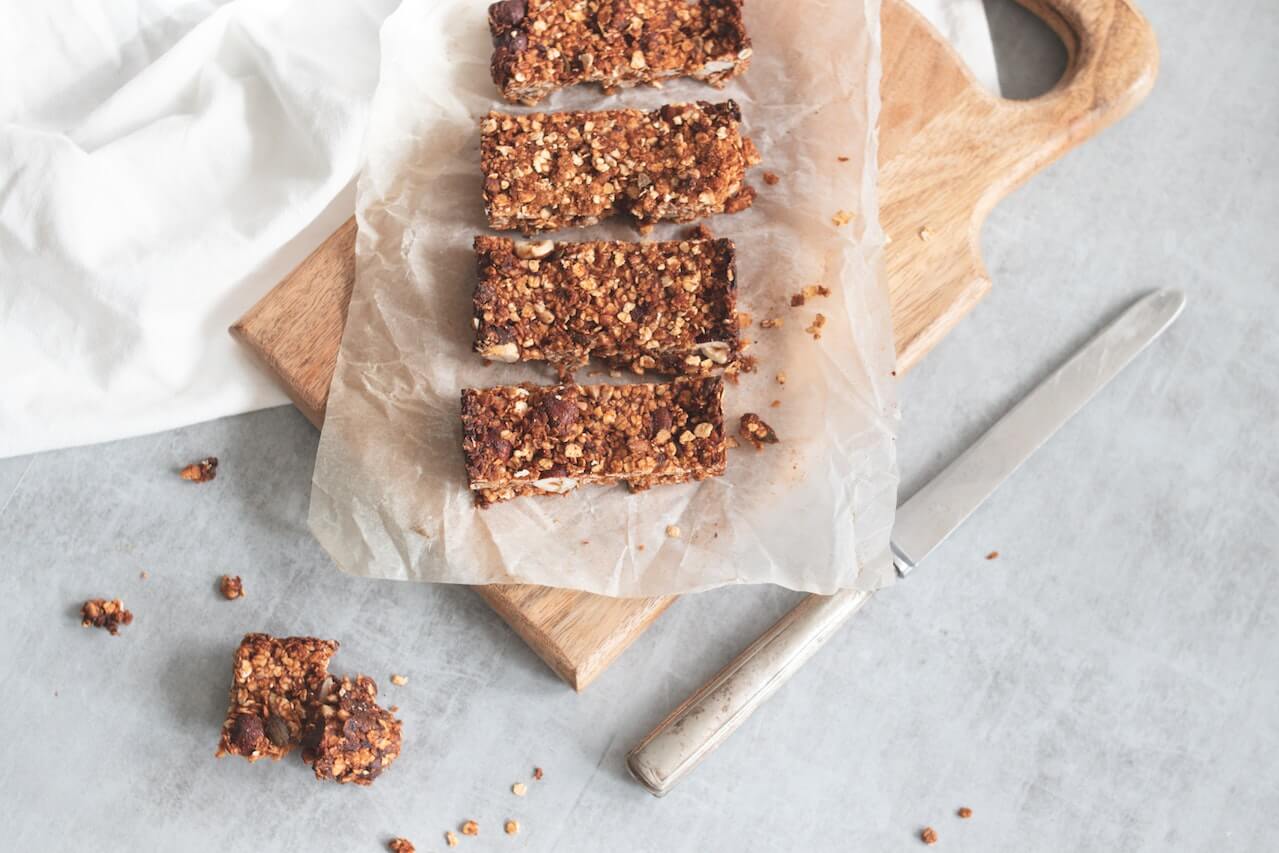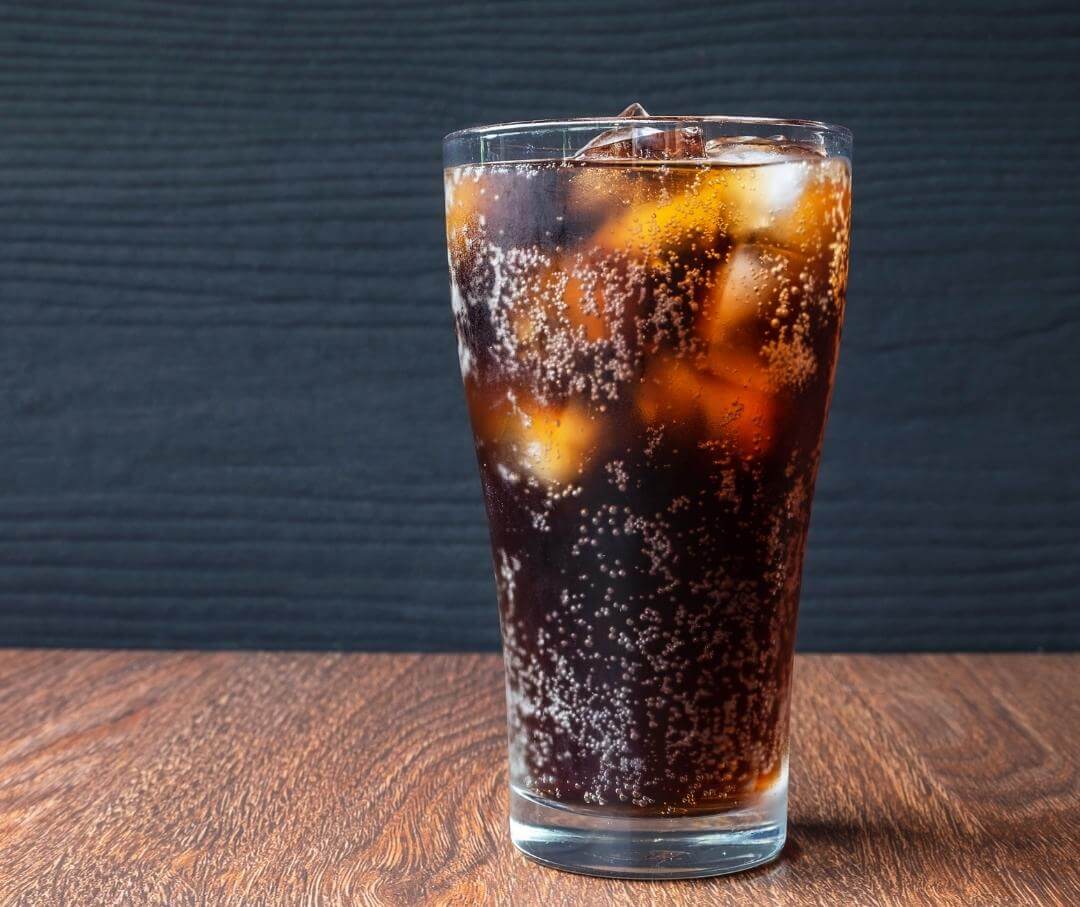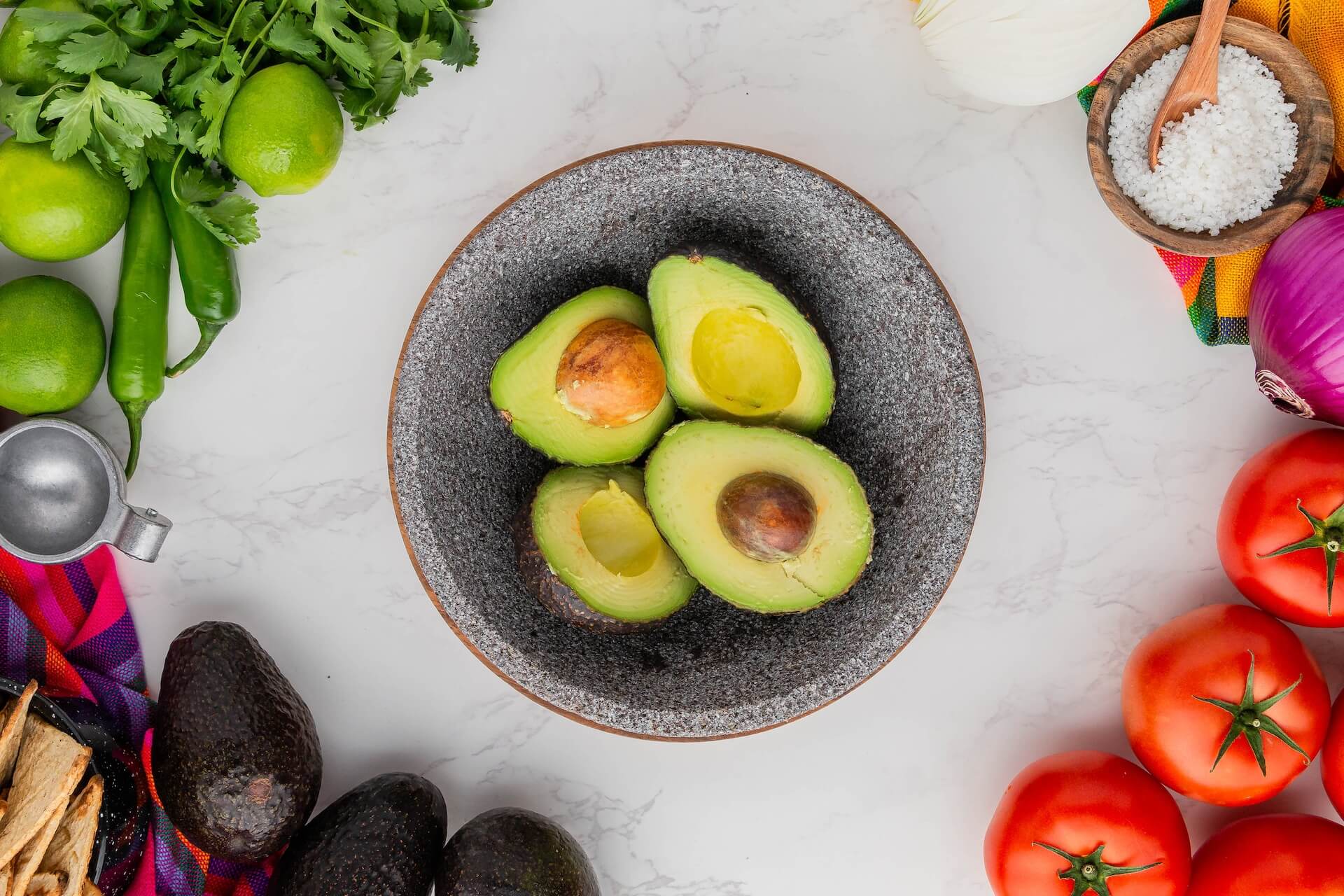In today's fast-paced world, convenience often takes priority over nutritious food choices. Many convenient foods have added sugars, including high fructose corn syrup. High fructose corn syrup and other added sugars have been increasingly demonized for their potential negative health effects.
Experts have raised concerns about the association between high fructose corn syrup and chronic diseases, particularly obesity and other related metabolic disorders. In this article, we’ll dive into the negative health effects of consuming too much high fructose corn syrup and shed some light on why it has gained such negative attention from health professionals and the public.
What Is High-Fructose Corn Syrup?
High fructose corn syrup is a sweetener derived from corn starch. It is produced through a process that involves the conversion of glucose (a simple sugar found in corn starch) into fructose (another type of sugar). High fructose corn syrup is commonly used to add sweetness to many processed foods and beverages.
The word "high" in high fructose corn syrup refers to the relatively high concentration of fructose it contains compared to traditional corn syrup. Different types of high fructose corn syrup are available, each classified by its fructose content. The most common types are HFCS-55 and HFCS-42, which contain approximately 55% and 42% fructose, respectively, with the remainder being glucose and other sugars.1
This highly-concentrated sweetener gained popularity in the food industry in the early 1970s due to its affordability, versatility, and extended shelf life.
High-Fructose Corn Syrup vs. Corn Syrup
Corn syrup is a sweetener derived from corn starch, just like high fructose corn syrup. However, there are some differences between these two sugars.
Unlike high fructose corn syrup, corn syrup consists primarily of glucose, a simple sugar. It is made by treating corn starch with enzymes that break down the starch into shorter glucose chains. The resulting syrup contains a high concentration of glucose and is commonly used in food manufacturing as a sweetener or thickening agent.
High fructose corn syrup is much sweeter than corn syrup, so less is needed to produce the same sweetness. This has resulted in reduced costs for food manufacturers.1
While both are forms of sweeteners derived from corn, the concentration of fructose in high fructose corn syrup affects metabolism and contributes to health concerns regarding the processed sweetener.
High-Fructose Corn Syrup vs. Sugar
High fructose corn syrup (HFCS) and table sugar, also known as sucrose, are both sweeteners commonly used in food and beverages. The main difference is that the fructose and glucose molecules are bound together in table sugar, while in HFCS, the molecules are not bound together.
High fructose corn syrup is sweeter than table sugar, so a smaller amount is needed to achieve the same level of sweetness as table sugar.
Table sugar is typically derived from sugar cane or sugar beets. The extraction process involves crushing the plants, extracting the juice, and then purifying and crystallizing the juice to obtain sucrose.
During digestion, both table sugar and high fructose corn syrup are broken down into glucose and fructose, so they are metabolized in the same way.2
{{mid-cta}}
High-Fructose Corn Syrup Foods
High-fructose corn syrup (HFCS) can be found in many processed foods and beverages. It has been widely used as a sweetener in the food industry due to its affordability, versatility, and extended shelf life. Some common foods and beverages that may contain HFCS include:
- Soft drinks and sodas
- Fruit-flavored beverages and juices
- Energy drinks
- Sweetened yogurts
- Condiments such as ketchup, barbecue sauce, and salad dressings
- Canned fruits in syrup
- Breakfast cereals and cereal bars
- Granola bars and snack bars
- Pre-packaged baked goods like cookies, cakes, and pastries

Why Is High-Fructose Corn Syrup Bad For You?
There is ongoing scientific research and discussion about the potential effects of HFCS consumption. Some studies suggest that consuming too much HFCS may have negative impacts on health, particularly when it comes to chronic diseases like type 2 diabetes, cardiovascular disease, and liver problems. Here's what we know so far:
Obesity
Excessive consumption of HFCS may contribute to an increased risk of obesity. Unlike glucose, which can be used by our body's cells for energy, fructose is primarily processed in the liver. Consuming large amounts of fructose, such as through HFCS, can overload the liver and lead to the production of fats and the accumulation of fat in the body. This excess fat can contribute to weight gain and obesity over time.3
Type 2 Diabetes
HFCS overconsumption has also been linked to an increased risk of developing type 2 diabetes. High levels of fructose can alter insulin sensitivity, a hormone that helps regulate blood sugar levels. When the body becomes less sensitive to insulin, it can lead to elevated blood sugar levels and eventually result in the development of type 2 diabetes.4
Liver Problems
The liver plays a crucial role in metabolizing fructose. The liver has to work harder to process excess fructose when consumed in large amounts. This can lead to an accumulation of fat in the liver, a condition known as non-alcoholic fatty liver disease (NAFLD). Over time, NAFLD can progress to more severe liver problems, such as inflammation (hepatitis), scarring (cirrhosis), and even liver failure.5
5 Potential Side Effects of High-Fructose Syrup
Adds excess fructose to your diet
Fructose can cause health problems when consumed in excess. Most complex carbohydrates are broken down into glucose, the body’s preferred source of fuel. Glucose is easily transported and utilized by every cell in your body. Glucose also provides energy for high-intensity exercise and various processes.
Unlike glucose, the fructose from high fructose corn syrup or table sugar must be converted into glucose, glycogen, or fat by the liver before it can be used as fuel.6
Excess fructose has also been shown to increase uric acid levels, which in turn promotes many of the disorders seen in metabolic syndrome, including elevated triglycerides.11
Increases the risk of fatty liver disease
Consuming too much fructose contributes to the development of fat in the liver. Studies show that consuming fructose causes more fat accumulation in the liver than equal quantities of glucose consumption. Over time, fat accumulation in the liver can cause fatty liver disease, type 2 diabetes, and increase the risk of heart disease.6,7
May cause insulin resistance
Overconsumption of fructose or high fructose corn syrup may alter the body’s response to insulin.7
In a healthy body, insulin increases when carbohydrates are consumed, transporting them out of the bloodstream and into cells. One of the hallmarks of metabolic syndrome, insulin resistance decreases your body’s ability to control blood sugar levels. Over the long term, both insulin and blood sugar levels increase.
Insulin resistance and increased blood sugar levels are characteristics of type 2 diabetes.
May increase weight gain and obesity
Consuming too much high fructose corn syrup can contribute to weight gain and obesity in several ways. Consuming sugar-sweetened beverages often increases the total calories consumed in a day; excess caloric intake results in weight gain. Studies show many Americans consume more than 500 calories daily from sugar-sweetened beverages.8
Additionally, research suggests that fructose affects the brain differently than glucose. Glucose stimulates areas of the brain that control appetite, whereas fructose does not.
Deficient in essential nutrients
Like other added sugars, HFCS adds no nutritional value to your diet. It is calorie-dense but contains zero vitamins, minerals, or essential nutrients. Consuming too much HFCS can decrease the nutrient content of your diet. As you fill up on foods and beverages that contain HFCS, you’ll have less room for nutrient-dense foods.
What are Alternatives to High-Fructose Corn Syrup?
Limiting the amount of added sugar you consume is helpful for maintaining a healthy diet. To limit or avoid HFCS, here are some potential alternatives to consider:
Instead of HFCS, you can opt for natural sweeteners that are less processed, such as honey, maple syrup, agave nectar, coconut sugar, and stevia. These natural sweeteners should be used in moderation as they still count as added sugar.
Instead of relying on added sugars, you can naturally sweeten your foods and beverages with whole fruits. Fruits contain natural sugars along with fiber, vitamins, and minerals. They can be used in recipes, smoothies, or as a topping for cereals and yogurt.
All sweeteners, including natural ones, contribute to total sugar intake. Reading the nutrition and ingredient labels on packaged foods can help you identify other forms of added sugars, as they may be listed under different names (e.g., cane sugar, brown rice syrup, maltose, etc.). Knowing the various names for added sugars can help you make informed choices about the foods you consume.
Tips to Cut Down on High-Fructose Corn Syrup
Read ingredient labels
Carefully read the ingredient labels of the foods and beverages you purchase. HFCS can be found in several processed foods and beverages, so look for keywords like "high fructose corn syrup," "corn syrup," or "fructose" on the label.
Cut down on sodas and other sweetened drinks
Sodas and sweetened beverages are among the main sources of HFCS in many people's diets. Instead, opt for water, unsweetened tea, or diet soda.

Use fruit to enhance the flavor of water
You can add natural flavor to water by infusing it with fresh fruit. Add citrus fruit slices (lemons, oranges), berries, cucumbers, or mint leaves to a pitcher. This way, you can enjoy a refreshing and hydrating beverage without the need for added sugars.
Snack on whole foods instead of candy and cookies
Fresh fruits, such as apples, grapes, or berries, can satisfy your sweet cravings while providing essential nutrients like fiber, vitamins, and minerals. You can also try snacking on nuts, seeds, or vegetables with hummus to satisfy your hunger and add nutritional value to your diet.
Make your own baked goods
Many store-bought baked goods, such as cakes, cookies, and pastries, contain high fructose corn syrup. Making your own baked goods at home allows you to decide what type of sweetener and how much you want to use.
Learn More About Healthy Nutrition with Signos’ Expert Advice
Signos is a great resource for expert advice on nutrition and healthy eating. Signos has a team of registered dietitians who compile evidence-based nutrition information to help you improve your health and wellness. Check out the resources here.
Signos CGM empowers you to improve your health by keeping track of your diet, exercise, sleep habits, and blood sugar. Knowledge is power, and a CGM can give you specific information about how your habits affect your health.
Find out if Signos is a good fit for you by taking a quick quiz.
- Item 1
- Item 2
- item 3
Topics discussed in this article:
References
- Gensberger, S., Mittelmaier, S., Glomb, M. A., & Pischetsrieder, M. (2012). Identification and quantification of six major α-dicarbonyl process contaminants in high-fructose corn syrup. Analytical and bioanalytical chemistry, 403(10), 2923–2931. https://doi.org/10.1007/s00216-012-5817-x
- Hanover, L. M., & White, J. S. (1993). Manufacturing, composition, and applications of fructose. The American journal of clinical nutrition, 58(5 Suppl), 724S–732S. https://doi.org/10.1093/ajcn/58.5.724S
- Ferder, L., Ferder, M. D., & Inserra, F. (2010). The role of high-fructose corn syrup in metabolic syndrome and hypertension. Current hypertension reports, 12(2), 105–112. https://doi.org/10.1007/s11906-010-0097-3
- Hattori, H., Hanai, Y., Oshima, Y., Kataoka, H., & Eto, N. (2021). Excessive Intake of High-Fructose Corn Syrup Drinks Induces Impaired Glucose Tolerance. Biomedicines, 9(5), 541. https://doi.org/10.3390/biomedicines9050541
- Mai, B. H., & Yan, L. J. (2019). The negative and detrimental effects of high fructose on the liver, with special reference to metabolic disorders. Diabetes, metabolic syndrome and obesity : targets and therapy, 12, 821–826. https://doi.org/10.2147/DMSO.S198968
- Schaefer, E. J., Gleason, J. A., & Dansinger, M. L. (2009). Dietary fructose and glucose differentially affect lipid and glucose homeostasis. The Journal of nutrition, 139(6), 1257S–1262S. https://doi.org/10.3945/jn.108.098186
- Stanhope, K. L., Schwarz, J. M., Keim, N. L., Griffen, S. C., Bremer, A. A., Graham, J. L., Hatcher, B., Cox, C. L., Dyachenko, A., Zhang, W., McGahan, J. P., Seibert, A., Krauss, R. M., Chiu, S., Schaefer, E. J., Ai, M., Otokozawa, S., Nakajima, K., Nakano, T., Beysen, C., … Havel, P. J. (2009). Consuming fructose-sweetened, not glucose-sweetened, beverages increases visceral adiposity and lipids and decreases insulin sensitivity in overweight/obese humans. The Journal of clinical investigation, 119(5), 1322–1334. https://doi.org/10.1172/JCI37385
- Maersk, M., Belza, A., Stødkilde-Jørgensen, H., Ringgaard, S., Chabanova, E., Thomsen, H., Pedersen, S. B., Astrup, A., & Richelsen, B. (2012). Sucrose-sweetened beverages increase fat storage in the liver, muscle, and visceral fat depot: a 6-mo randomized intervention study. The American journal of clinical nutrition, 95(2), 283–289. https://doi.org/10.3945/ajcn.111.022533
- Kearney J. (2010). Food consumption trends and drivers. Philosophical transactions of the Royal Society of London. Series B, Biological sciences, 365(1554), 2793–2807. https://doi.org/10.1098/rstb.2010.0149
- Page, K. A., Chan, O., Arora, J., Belfort-Deaguiar, R., Dzuira, J., Roehmholdt, B., Cline, G. W., Naik, S., Sinha, R., Constable, R. T., & Sherwin, R. S. (2013). Effects of fructose vs glucose on regional cerebral blood flow in brain regions involved with appetite and reward pathways. JAMA, 309(1), 63–70. https://doi.org/10.1001/jama.2012.116975
- Angelopoulos, T. J., Lowndes, J., Zukley, L., Melanson, K. J., Nguyen, V., Huffman, A., & Rippe, J. M. (2009). The effect of high-fructose corn syrup consumption on triglycerides and uric acid. The Journal of nutrition, 139(6), 1242S–1245S. https://doi.org/10.3945/jn.108.098194
































